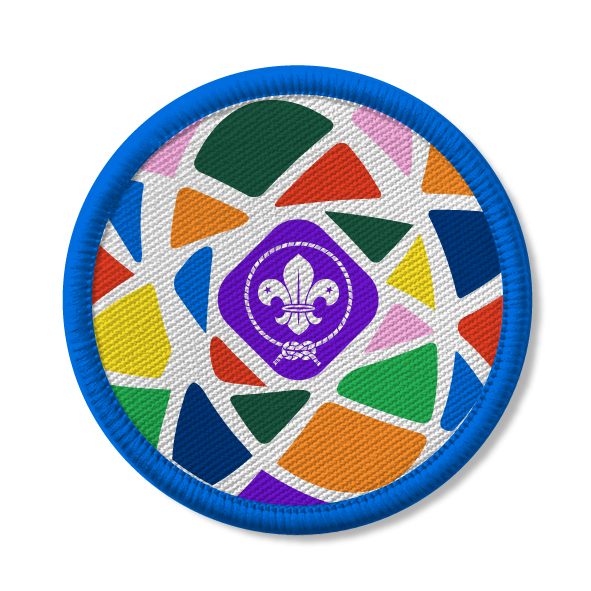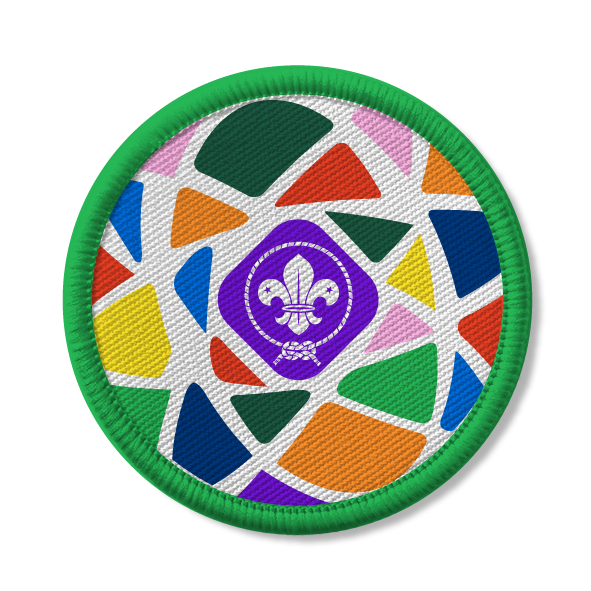
Commitment stones
You’ll need
- Stones or pebbles
- Access to outdoor space

Take action to look after the natural world.
Before you begin
- Check the location you plan to use. Make sure that there is an area with stones or pebbles for you to use that will still be safe for everyone. Alternatively, you could purchase small pebbles from a craft store or use recyclable items such as bottle tops.
Pebble protectors
- Everyone should look for a small stone that can be taken home with them. It needs to fit in their pocket.
- Everyone should find a quiet spot for themselves. Once they are comfortable, everyone should pick up their stone and feel its shape, size, and texture. Think about where this stone was found. What could you see, hear or touch when you found it? What shape is your stone? Is it rough or smooth?
- Everyone should think about what you could do to help protect the environment where you found your stone. Choose an action, big or small, that you can commit to.
- Everyone should keep the stone in their pocket for a while. When you put your hand in your pocket, it should remind you of your commitment and the day that you made it.
Reflection
This activity was all about being responsible and helping your community. It’s everyone’s responsibility to look after our planet and try to make it better. It shows you care for the people in your community and the place you live. What did you decide your action would be? When are you going to do it? What difference do you want it to make? Changing your behaviour at home can also have an effect on the environment. Can you think of something you will try to do?
Safety
All activities must be safely managed. You must complete a thorough risk assessment and take appropriate steps to reduce risk. Use the safety checklist to help you plan and risk assess your activity. Always get approval for the activity, and have suitable supervision and an InTouch process.
- Outdoor activities
You must have permission to use the location. Always check the weather forecast, and inform parents and carers of any change in venue.
- Visits away from your meeting place
Complete a thorough risk assessment and include hazards, such as roads, woodland, plants, animals, and bodies of water (for example, rivers, ponds, lakes, and seas). You’ll probably need more adult helpers than usual. Your risk assessment should include how many adults you need. The young people to adult ratios are a minimum requirement. When you do your risk assessment, you might decide that you need more adults than the ratio specifies. Think about extra equipment that you may need to take with you, such as high visibility clothing, a first aid kit, water, and waterproofs. Throughout the activity, watch out for changes in the weather and do regular headcounts.
Think about the commitment you’re making, it could be something simple like clearing up litter on a short walk, or something more involved like planting a tree, building a birdhouse, or doing regular clean-ups.
Choose a space that is suitable for everyone in your group. Consider gathering materials beforehand to take to a suitable space.
All Scout activities should be inclusive and accessible.
Encourage everyone to choose their own commitment, something that is important to them.




